The Best DIY Tools to Invest In (When You Don’t Have A Workshop)
Although Greg and I have been tackling DIY projects for well over a decade now, we’ve never had (nor felt the need to have) a fully stocked “workshop.” Why? Not only have our various rentals never had much extra space, but we’ve been able to assemble a collection of supplies that…while fairly minimal…allows us to do most projects. Today, I’m rounding up what we consider our “DIY essentials” – the tools and supplies we rely on in order to make pretty much everything you see here on the blog (all of which are easy and practical for anyone to own and store!)
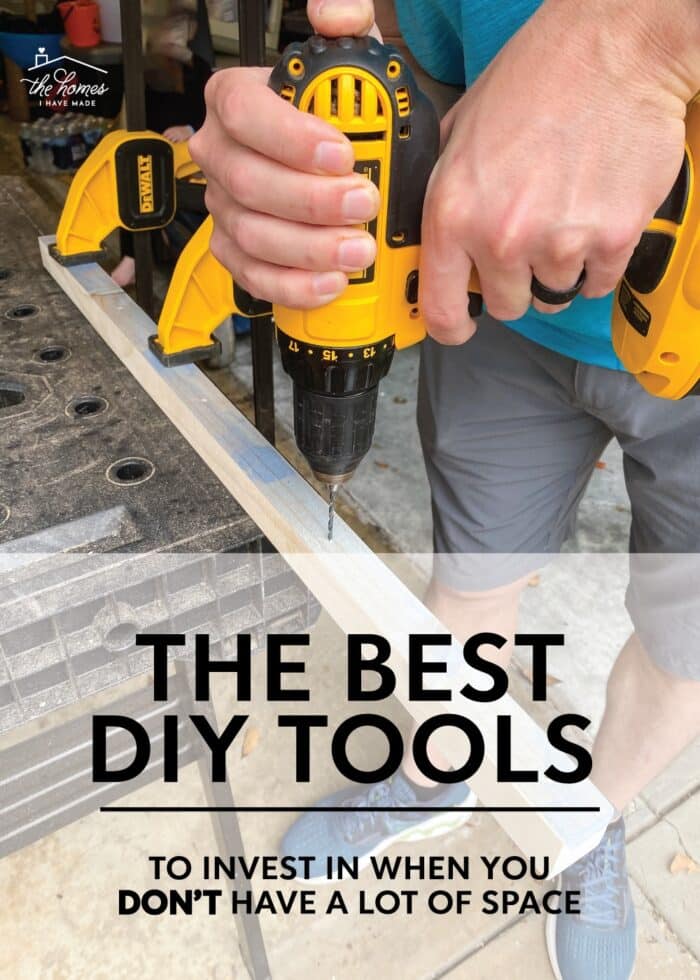
What Kind of DIY Do You Do?
I feel the need to preface this roundup with a quick chat about the type of DIY you do (or want to do). Because the type of projects you like to make will surely influence what kind of tools you need to keep on hand.
If woodworking, carpentry, furniture refinishing, house flipping, etc are your passion, hobby, or job, then you will likely need to amass a wider range of specialty tools and supplies.
But, if you are instead a casual or beginner DIYer (as in, the renter or homeowner who just wants to be able to tackle a wide variety of common household projects…like us!), you can get by with a lot less tools when you choose ones with wider capability and versatility.
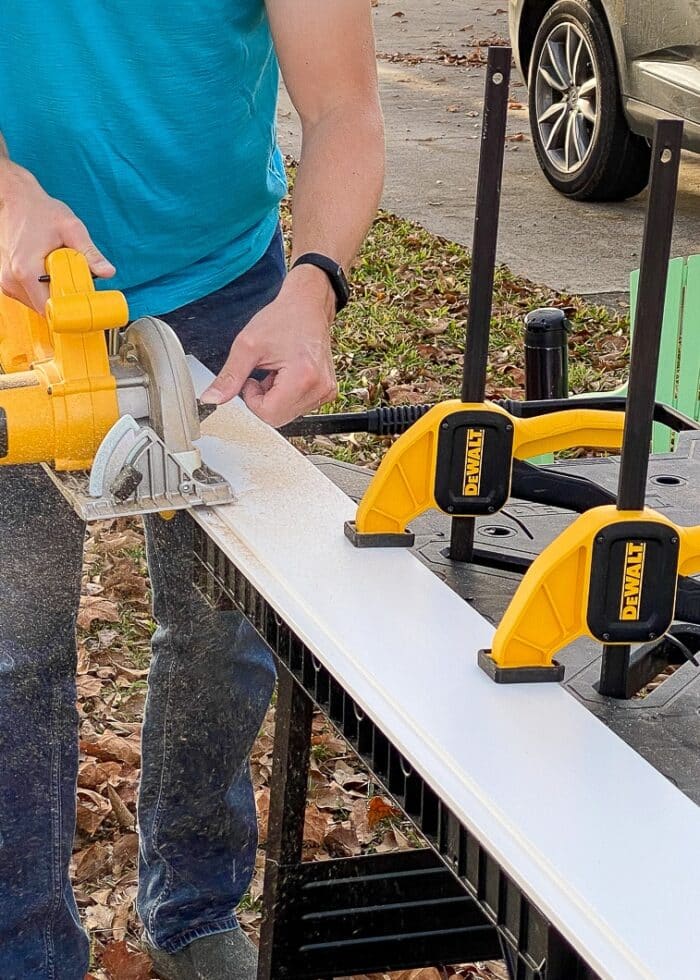
Must-Have Tools for DIY Projects
Below are the tools we own and rely on time-and-time again to accomplish almost all of what you see here on the blog. Being able to cut, drill, and assemble a variety of materials with ease is key to taking on DIY projects and accomplishing them without hassle!
Folding Work Table
We can’t say enough about this folding work table by Dewalt. It’s compact, yet delightfully easy to use for all wood cutting projects. If you don’t have space for a larger workbench, this is a perfect solution!
Clamps
We use these clamps in conjunction with the folding work table to keep wood in place while cutting. They are also helpful when gluing wood items together for frames, shelves, etc.
Circular Saw
Years ago, I bought Greg a “saw” set that included a reciprocating saw, jig saw, and a few other things. While it’s handy to have the variety, this is the one we pull out for most projects and is probably the only one we really need.
Cordless Drill
A good cordless drill (with a few extra batteries) will allow you to hang items on walls, assemble projects, disassemble projects, and so much more.
Drill Bit Set
From being able to drill (any size) holes to finding a compatible tip for a wide variety of hardware, an extensive collection of bits will allow you tackle any job.
Paddle Bits
These oh-so-handy bits allow you to make larger holes in walls, shelving, and furniture without the need for a saw.
Measuring Tape
A good-quality measuring tape is essential for any home, whether you do projects or not! It can help with furniture layout, art selection/hanging, and more.
Carpenter Square
There isn’t a wood-related DIY project we don’t tackle without this handy square. It makes it easy to get straight, 90-degree cuts with precision.
Random Orbital Sander
This is one of my very first DIY purchases years ago, and I still pull it out for pretty much every wood or furniture project.
Sanding Pad Variety Pack
I like stocking a wide variety of sanding pads with different grits, so that I always have whatever the project calls for.
Cordless Shop Vac
We don’t own one yet, but I think this might be one of our next purchases. Being able to quickly clean up messes means you’ll be much more willing to make them!
Safety Glasses
Basic protective equipment is a must, even for the smallest wood working projects. A sleek pair of glasses or goggles will keep your eyes safe from flying debris.
Ear Protection
Whether you’re working with power tools (especially in confined spaces) or lawn care equipment, donning ear protection is a good habit to establish.
9″ Level
Our 9″ level is one our most-used tools of all. From installing shelves and counters to hanging picture frames, this “fit in one hand” size is incredibly useful.
48″ Level
We like to go really long and really short with our levels. This longer one comes out when we’re doing larger/longer art or shelf installations.
Staple Gun
From reupholstering chairs to covering valences and even installing artwork, a staple gun is handy for a wide variety of projects.
All-In-One Screwdriver
We bought a similar tool when we lived in Japan (almost 20 years ago!) and it’s still the one we reach for over and over. Having just one screwdriver set with interchangeable parts is quicker than rooting through a dozen different handles to find what you need for a particular screw!
Rolling Tool Chest
Our compact tool collection fits nicely inside this single (wheeled) unit that features 6 drawers and a lower (larger) compartment.
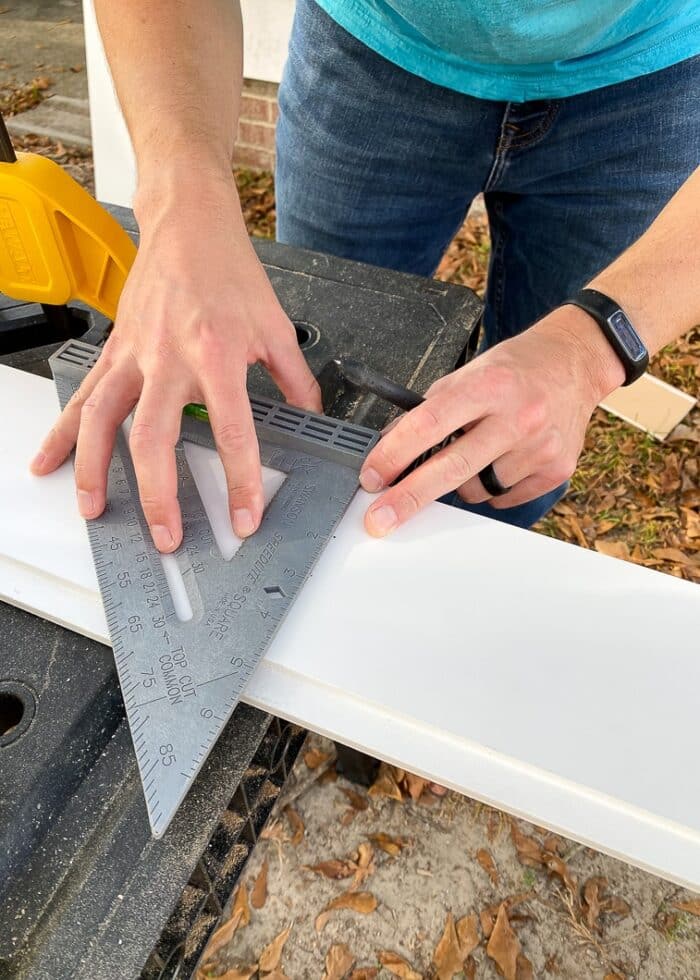
Must-Have Tools for Painting & Wallpapering
Painting rooms and furniture, as well as hanging wallpaper, are very common past-time around here; so I like to keep these supplies on-hand too so that quick projects and touch-ups are always possible.
2″ Angled Paint Brush
I now do all my brush panting with these short-handled angled brushes. I like how they fit in my hand and give me nice clean lines no matter what I’m painting.
2″ Foam Roller with Tray
I use little foam rollers for so many things around the house, including small furniture projects, staining, and wall repairs. I like keeping extras on hand so I don’t have to bother washing them!
4″ Foam Roller with Tray
Like the 2″ rollers, the 4″ versions come in handy for slightly bigger panting projects such as doors, shelves, furniture, and stenciling.
9″ Roller with Trays
I like to keep one good tray and one good roller handle at all times. Then I regularly stock liners and roller covers as needed.
Bulk Drop Cloths
I’m constantly giving something a fresh coat of paint. I stock drop cloths in bulk so I never run out and usually slice off smaller sections as needed.
Paint Stir Sticks
I’m constantly opening up cans of paint we already own for touch-ups or new projects. Sturdy sticks allow you to effectively re-mix paint without a trip back to the store.
Handled Paint Cup
When doing any type of brush painting, I much prefer a handled cup (to a tray or large bucket) in order to minimize waste and easily move around a space.
Color-Changing Spackling
Filling holes is a frequent part of DIY life. This color-changing product is easy to use and takes the guesswork out of if/when your repairs are ready for paint!
Scrapers
Whether you need to patch holes in walls or fill holes in furniture, having a putty knife (in different sizes) makes the job quick, easy, and tidy!
3-In-1 Hole Repair Kit
If you have small hole patch jobs to tackle, there’s no need to break out a bunch of supplies. This all-in-one tool allows you to quickly and easily fill holes without the mess!
Cricut TrueControl Knife
Despite my affection for Cricut products, this is one of the best utility knives I’ve ever used. I love the very sharp and precise quick-change blades, which allow me to get straight clean cuts on wallpaper, foam board, and more.
Fiskars Cutting Set
Even if you don’t sew, owning a basic rotary cutting set comes in handy for so many paper projects including wallpaper, shelf liner, party banners, and more.
Cricut XL Scraper
This is my go-to tool for all peel-and-stick paper installations including wallpaper and shelf liner. The larger paddle won’t puncture your paper but will help smooth out bubbles with ease!
3-Step Ladder
We don’t own this stool, but our friend does; and we borrow it every single time we paint or hang wallpaper. The three-step height is ideal for reaching the very top edges of walls and crown moldings and really just makes any wall job so much easier. We’ll be adding this one to our collection eventually!
When You Don’t Have Something You Need
Every now and then, I want to tackle a specific project, but we don’t have the right tool for the job. While it can be tempting to just purchase what we need, we’ve become reluctant to invest in larger (and heavier) specialty tools, since we won’t need them beyond the current project or have the space to store them.
In these instances, here’s what we do instead!
Borrow
Ask around to friends, family, or neighbors to see if anyone has the item you need. Most people are more-than-willing to let you borrow speciality tools and can even give you a quick in-person tutorial on how it works.
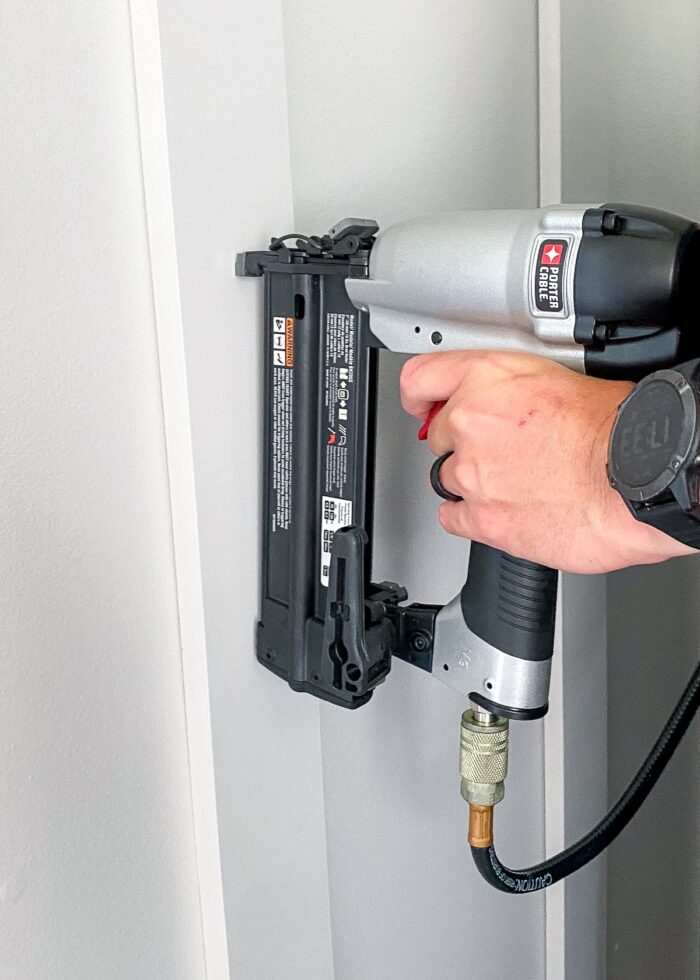
Rent
If you can’t find anyone with the tool you need, your next best bet is to rent the item from your local hardware store. We’ve used both Lowes and The Home Depot’s tool rental services; and it’s always been easy, affordable, and hassle-free. Just make sure you have a vehicle to haul the equipment, because the trailer rental can add to the complexity and overall cost of your project.
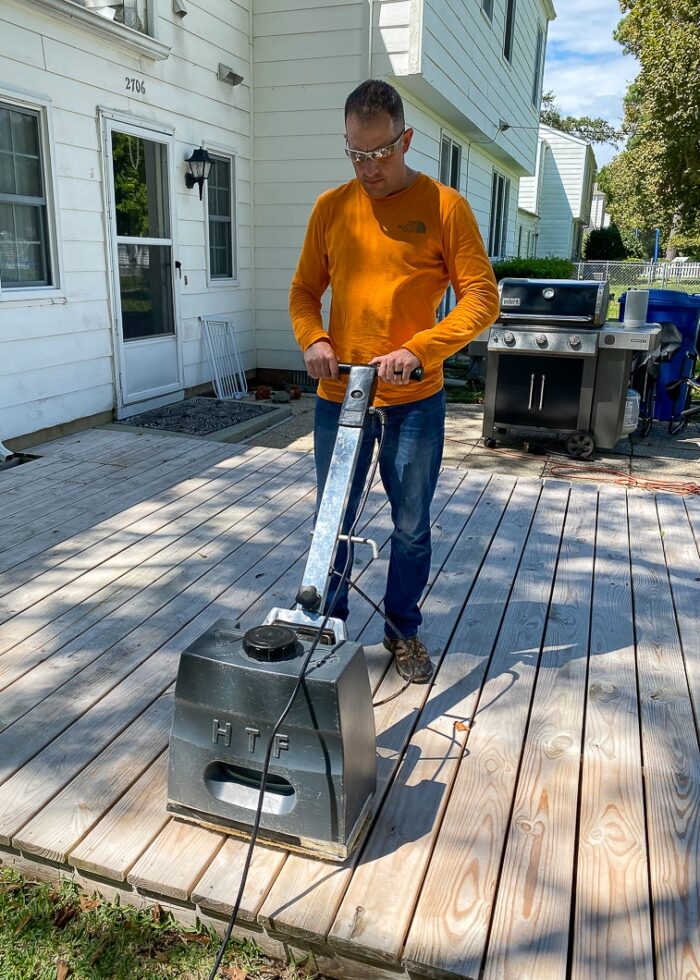
Substitute
Lastly, if you can’t find exactly what you need, think about how you can get the task done using what you have. There have been many times a table saw would have been preferable for some of our projects. But we just weren’t up for the hassle of finding one, so we opted to use our circular saw instead.
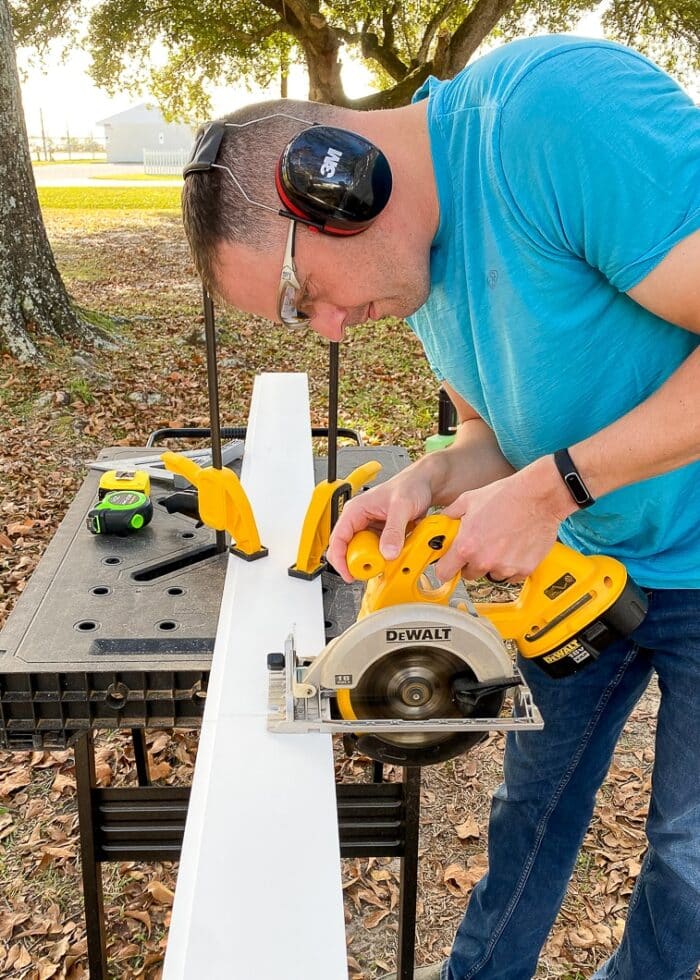
Tools are expensive and bulky. So we try to keep as minimal-of-a-collection as possible, while still retaining the ability to accomplish most projects with relative ease. If you’re wanting to tackle some more ambitious DIY projects but just don’t know what you need, I hope this list gets you off to a great start!
Do you have any DIY essentials not on my list?!?
Megan







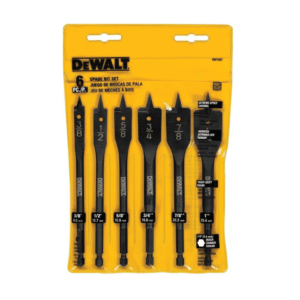



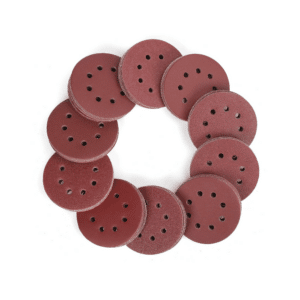
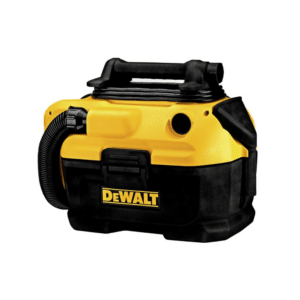





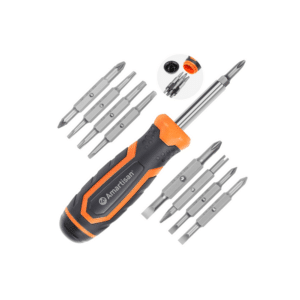
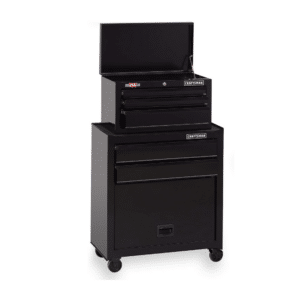

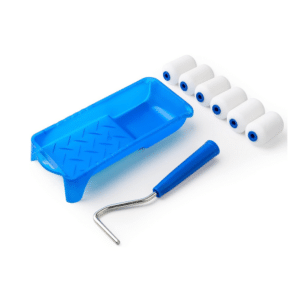
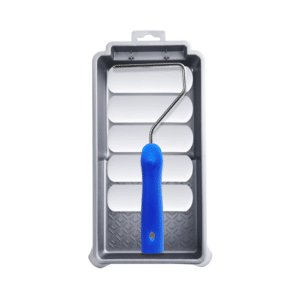
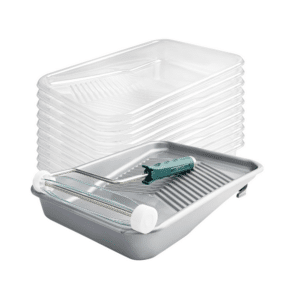
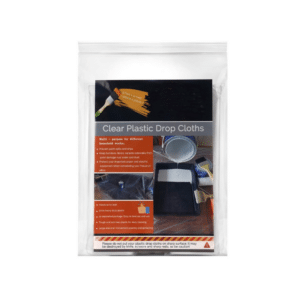

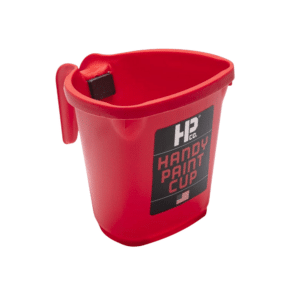



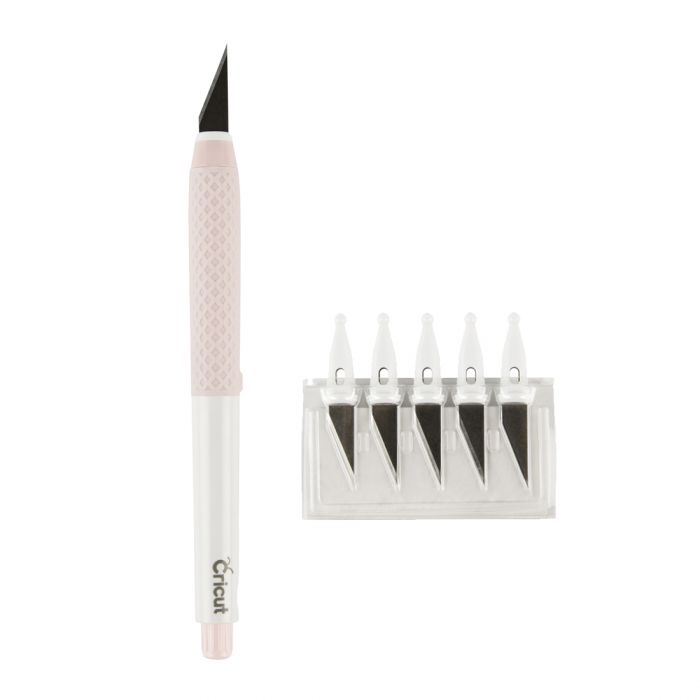
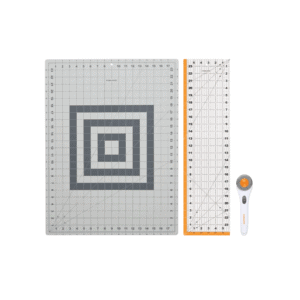
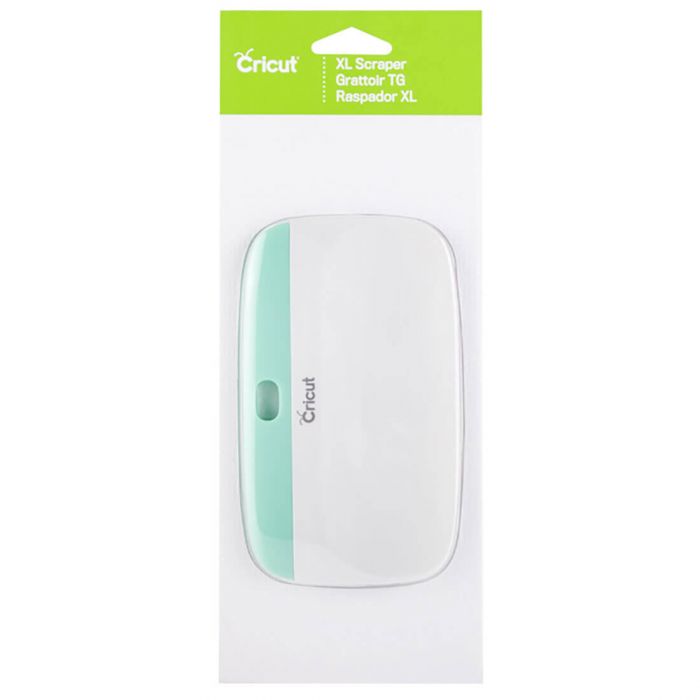
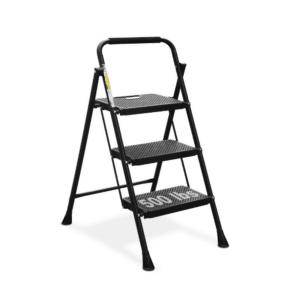
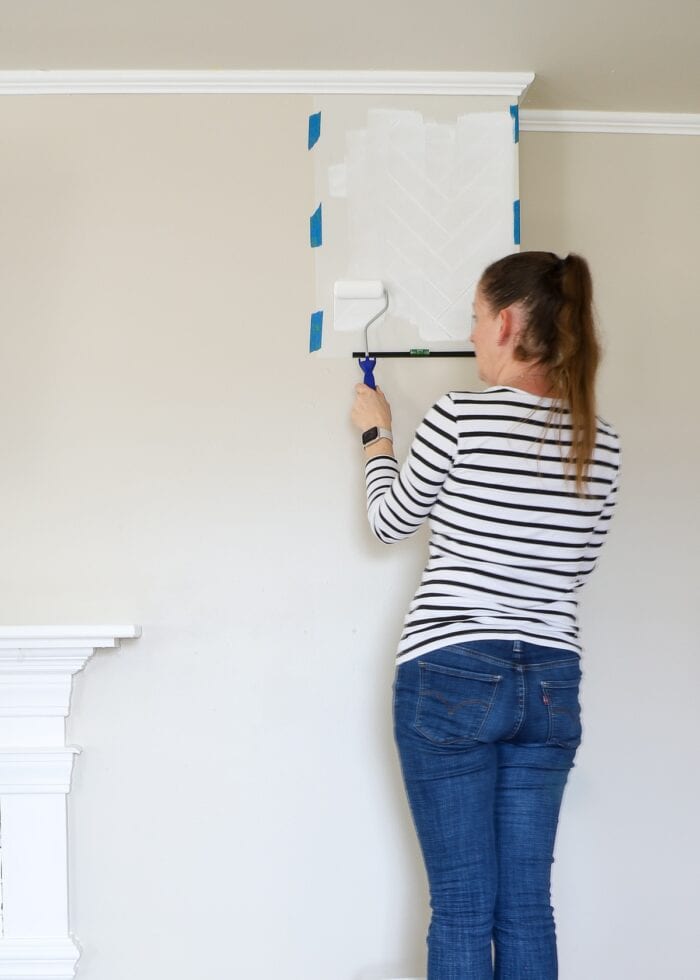
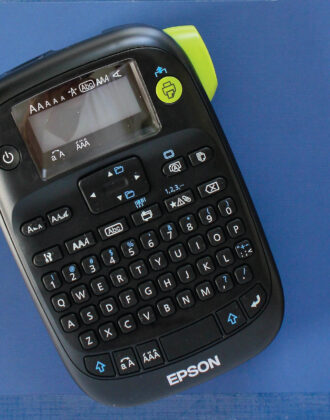
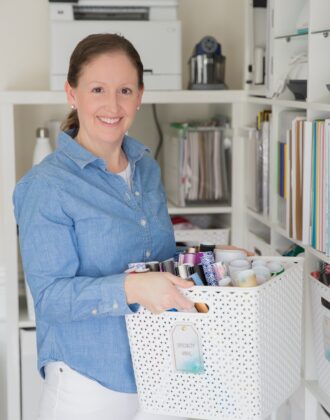
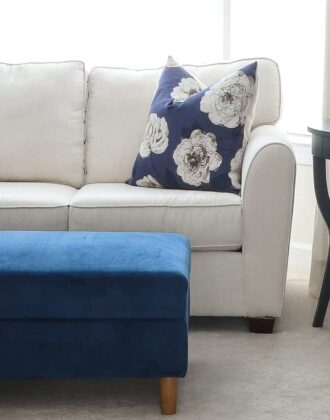
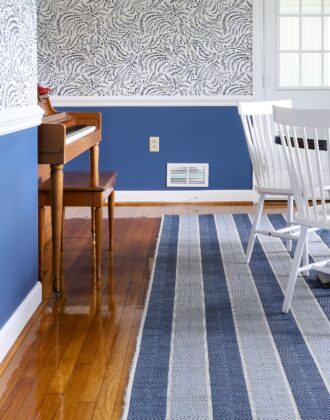

3 Comments on “The Best DIY Tools to Invest In (When You Don’t Have A Workshop)”
Good list! My DH was a handyman and wannabe woodworker, so invested in larger and more complicated tools. But he often just pulled the “old faithful” ones you’ve listed here.
My husband, a retired Navy nuclear submariner, walked by and looked over my shoulder as I was reading this post. He does a LOT of DIY projects at our house: remodeling the kitchen and bathrooms, now completing a sunroom and greenhouse addition, to name a few. He liked your list and has many of the items. His suggestion is to add a driver to your collection; he used to do everything with a drill until he bought his first driver, and says the ratcheting action makes installing any sort of fastener (screws, nuts, etc.) much more precise. Since you shared links to DeWalt items, he mentioned he likes the fact that the battery is interchangeable with all their hand tools. Thanks for this post ~ I appreciated your suggestions on painting tools!
One of the best investments I ever made was in a Kreg Jig! I’m sure there are other brands, but that’s the one I have. If you’re going to build anything, being able to make a strong joint is so important! The jig is easy to use, and a must have! It’s small, so it’s easy to store, and works with any drill. Buying a jig put an end to wobbly projects!
I also have a table saw, but if you’re moving around a lot (like Megan) that probably won’t work for you.